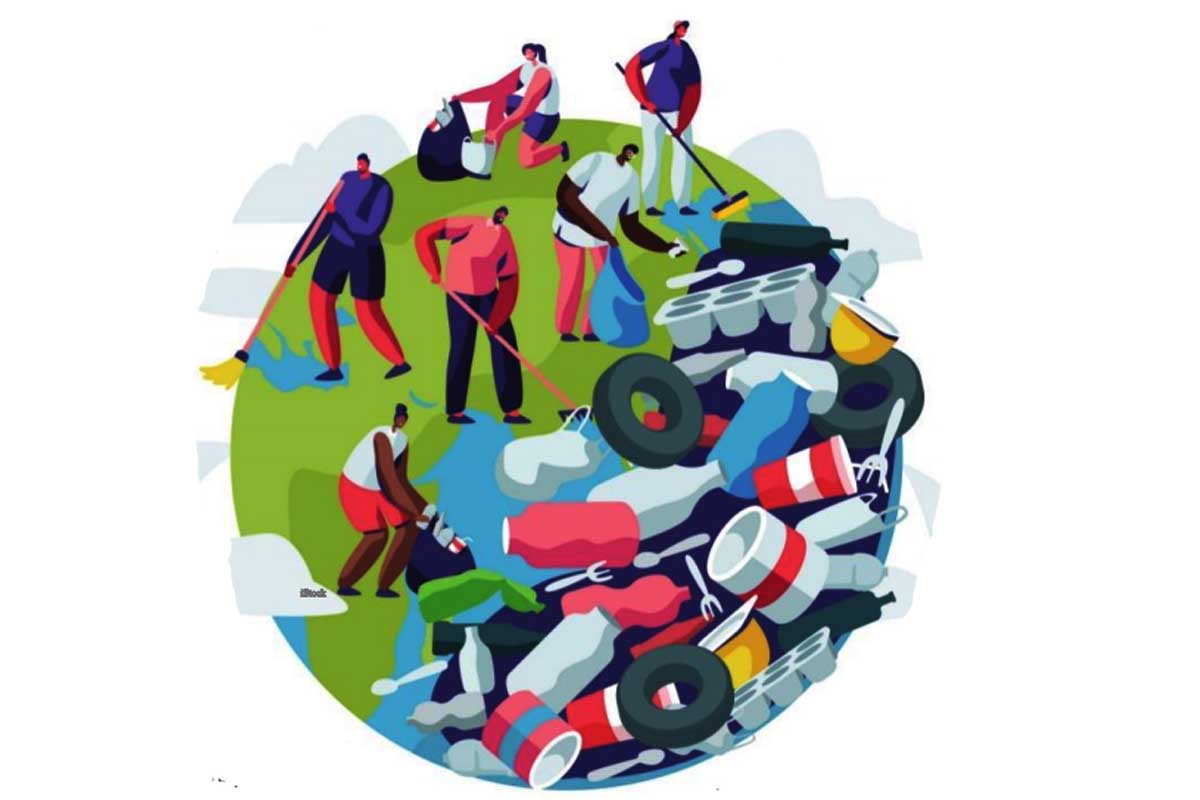In March 2020, as India descended into lockdown as a result of Covid 19, the Ministry of Environment, Forest and Climate Change (MoEFCC) quietly released the draft Environmental Impact Assessment Notification (Draft Notification).
If enforced, this notification will have severe consequences for environmental regulation in India. In India, the first Environmental Impact Assessment (EIA) Notification was promulgated by the MoEFCC in 1994.
The crux of the 1994 EIA Notification was that, for certain predetermined development projects listed in Schedule I of the notification, it was mandatory to obtain an Environmental Clearance (EC), either prior to construction of a project or during expansion and modification of an existing project.
To obtain an EC, an EIA has to be undertaken.
An EIA has two primary aims. First, to assess the adverse environmental impact of any project, and second to identify which alternative represents the most appropriate combination of economic benefits and environmental costs. In short, an EIA is vital to mitigate the harm that might befall the environment because of a particular industrial project.
The most critical element in the process of conducting an EIA is the public consultation process, which involves the participation of the general public who may be impacted by the particular activity or industry.
This element is crucial to ensure the well-being of communities that live in and around the area of the proposed project.
The 1994 Notification underwent a series of amendments due to pressure from corporate lobbyists and industrialists. These amendments were aimed at diluting public participation and the mandatory nature of ECs.
This sustained pressure resulted in a revised notification which was passed in 2006 by the MoEFCC. The 2006 EIA Notification (2006 Notification) was not well received by environmentalists, and was widely criticised on several fronts, especially for its myopic construction of the public consultation process.
Shibani Ghosh, a prominent environmental lawyer, has observed that that the public consultation process has no impact unless the public is able to (a) gain access to accurate and reliable information on the proposed project; (b) have adequate opportunity to articulate their concerns; (c) have their concerns adequately recorded alongside the project proponent’s response; and (d) have an impact on the outcome of the project.
The 2006 Notification did not fare well on any of these counts. While the 2006 Notification followed the mandate of its predecessor of obtaining ECs prior to initiating a project, it granted blanket exemption from obtaining EC’s to six major categories of projects which have may adversely impact the environment.
Further, the Public Consultation Project envisaged under the 2006 Notification was riddled with problems of transparency. For instance, while a notice calling for a public meeting was exp-ected to be issued 30 days in advance, there was no concomitant obligation in the law to issue the EIA Report, detailing the project’s impact, to the public within a particular time limit.
Making use of this ambiguity, the Government, in certain cases, would issue the EIA reports as late as nine days prior to the project meeting, in an effort to stall meaningful engagement. A Delhi High Court judgment deemed this sleight of hand in the 2006 Notification indefensible and held that the EIA report had to be publicly released 30 days in advance.
Additionally, there were no safeguards introduced to ensure effective consultation of local communities.
The 2006 Notification did not provide for a quorum requirement for starting a public meeting, nor did it cast an obligation to postpone a public meeting if the concerned persons were unable to participate for plausible reasons. Further, the panels which were required to prepare a summary of the views aired during the public hearing were composed mostly of government officials.
There was no provision to have a representative from the affected community as a panellist, thereby raising the possibility of bias and obfuscation in the material submitted.
The 1994 Notification in fact had a provision which included members from the local community on the panel. This provision was removed in the 2006 Notification.
The Draft Notification, which was released by the MoEFCC recently, instead of addressing the deficiencies of its predecessor, has further deepened and amplified the faults. None of the defects that beset the earlier public consultation procedure have been rectified through the new notification. In fact, the Draft Notification has increased the number of exemptions from 6 industries to 20 industries.
However, what will serve to be the most critical hit to environment protection in India is the reintroduction of ‘post facto approvals’ of environmental clearances by the MoEFCC. As per the Draft Notification, industries can commence operations without seeking an EC from the Government, and then simply pay a penalty.
This penalty will be fixed at 1.5 times the “ecological damage assessed and economic benefit derived due to the violation”. As a result, all non-compliant industries can circumvent the entire EIA process and continue operations without any consequences other than a small penalty.
The Draft Notification also undermines the orders of the National Green Tribunal which explicitly ruled against post-facto approvals, and the orders of the Supreme Court of India which deemed post facto approvals as ‘contrary to law’ in the Alembic Pharmaceuticals judgment, passed in April 2020.
Additionally, the draft EIA goes against the ‘Precautionary Principle’, which has time and again been invoked by different High Courts and the Supreme Court as well.
The introduction of the Draft Notification has been repeatedly justified by the Government of India in the context of the ‘ease of business’ regime that has been at the helm of much debate recently.
This notification, if enforced, will result in large environmental and social costs, which will be paid for by the communities that live in and around development projects and the flora and fauna that form the ecosystem of the area.
By issuing the Draft Notification to the public while the entire country is in lockdown, and when large public consultations cannot be held, it is evident that the Government wants to pass this notification with virtually no public scrutiny.
To sustain communities around development projects, and to protect the ecosystem, it will be essential to have strict environmental regulation and even stricter penalties for default and non-compliance.
The writers graduated from Jindal Global Law School, Sonipat in 2019, and are currently practicing at the Supreme Court of India and the Madras High Court respectively.












